ARTNOUVEAU2 - ENRICHING KNOWLEDGE ABOUT ART NOUVEAU ONLINE
10-10-2022
Within the ArtNouveau2 project, we place emphasis on the promotion of cultural heritage through the joint action of all partners making posts on social media with the activity Enriching knowledge about Art Nouveau online.
Read what we have prepared during September on the common topic of Art Nouveau Object:
ART NOUVEAU OBJECT IN SLOVAKIA:
The sculptor and painter Ludwig (Lajos) Mack (1876-1963), a native of Bratislava, worked in the famous
ceramic factory Zsolnay in Pécs in the years 1899-1915, in the beginning as the first model maker and later as the head of its model and design department. From this period – one of the most fruitful and significant in his artistic career – several decorative Art Nouveau vases with plastic figural motifs have been preserved, executed in various colour shades with impressive effects of iridescent eosin glaze. A vase with an allegorical motif of a female figure of Fortuna (Luck) was exhibited at the world exhibition in Turin in 1902, where it won the 1st prize.
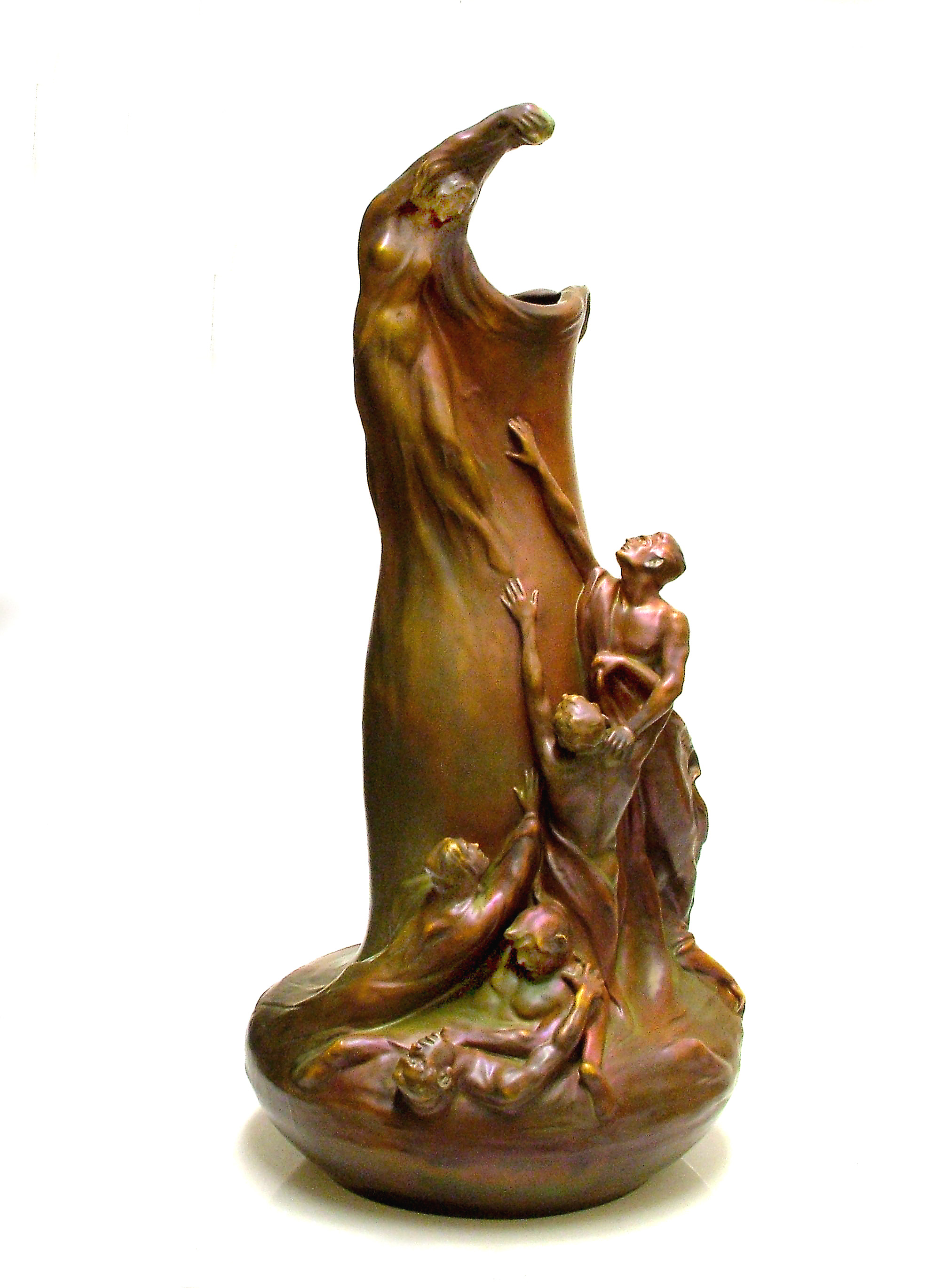
Photo credit: Vase Fortuna by Ludwig Mack © Mišurová, Bratislava City Museum
ART NOUVEAU OBJECT IN HUNGARY:
This magnificent Art Nouveau longcase is the result of a true team work: the designer Frigyes Spiegel's ideas were realised by the joint efforts of master watchmaker Viktor Hoser, enameller Jakab Rappaport, master carpenter Alajos Polgár and master coppersmith László Vandrák.
The turn-of-the-century clock bears the stylistic hallmarks of Hungarian Art Nouveau, typical of Ödön Lechner, but also draws on French (Art Nouveau) and German (Jugendstil) Art Nouveau influences. Spiegel's originality lies in the fact that he has combined the cheaper materials of the Hungarian context with the modern forms of the time. The Hungarian flowers are combined with French-style wavy lines on the irregular brass ornamentation surrounding the dial. White enamelled numerals on a green background are applied to the round, red brass dial of the clock, and embossed patterns reminiscent of gingerbread decorate the heart-shaped pendulum. These days, the clock is on daily display in the Ráth György Villa of the Museum of Applied Arts, in the Art Nouveau dining room.
Artists: Spiegel Frigyes, Polgár Alajos, Rapoport Jakab, Vandrák László, Hoser Viktor
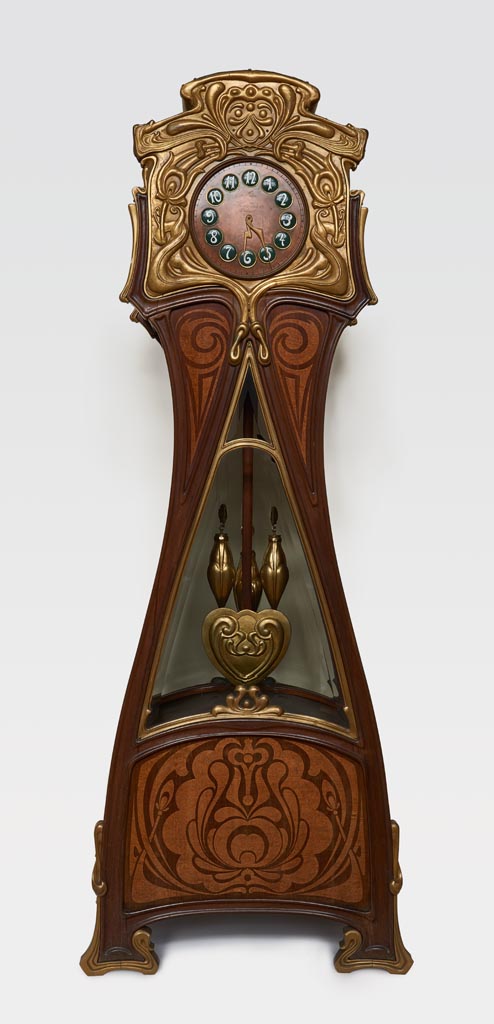

Photo credit: 1899 @IMM The Art Nouveau longcase
ART NOUVEAU OBJECT IN AUSTRIA:
One of the MAK’s most valuable works of art by the Wiener Werkstätte is the tribute designed by Dagobert Peche in 1920 for Josef Hoffmann on the occasion of his 50th birthday.
The silver decorative object displays three apples with a fantastic appearance hanging from a branch with long falling leaves. The work of art is presented under a glass cover on an oval, black polished base. Here, Dagobert Peche’s passion for decoration becomes apparent. This passion prompted his biographer Max Eisler to compare him to a goldsmith of the Renaissance era.
Inspired by the variety of forms of the 18th century, the object is reminiscent of the centerpieces of the, at the time highly popular, Chinoiserie, where Chinese art was interpreted in Western style.
Phot credit: Dagobert Peche, Tribute of the Wiener Werkstätte on the occasion of Josef Hoffmann’s 50th birthday, 1920 © Gerald Zugmann/MAK
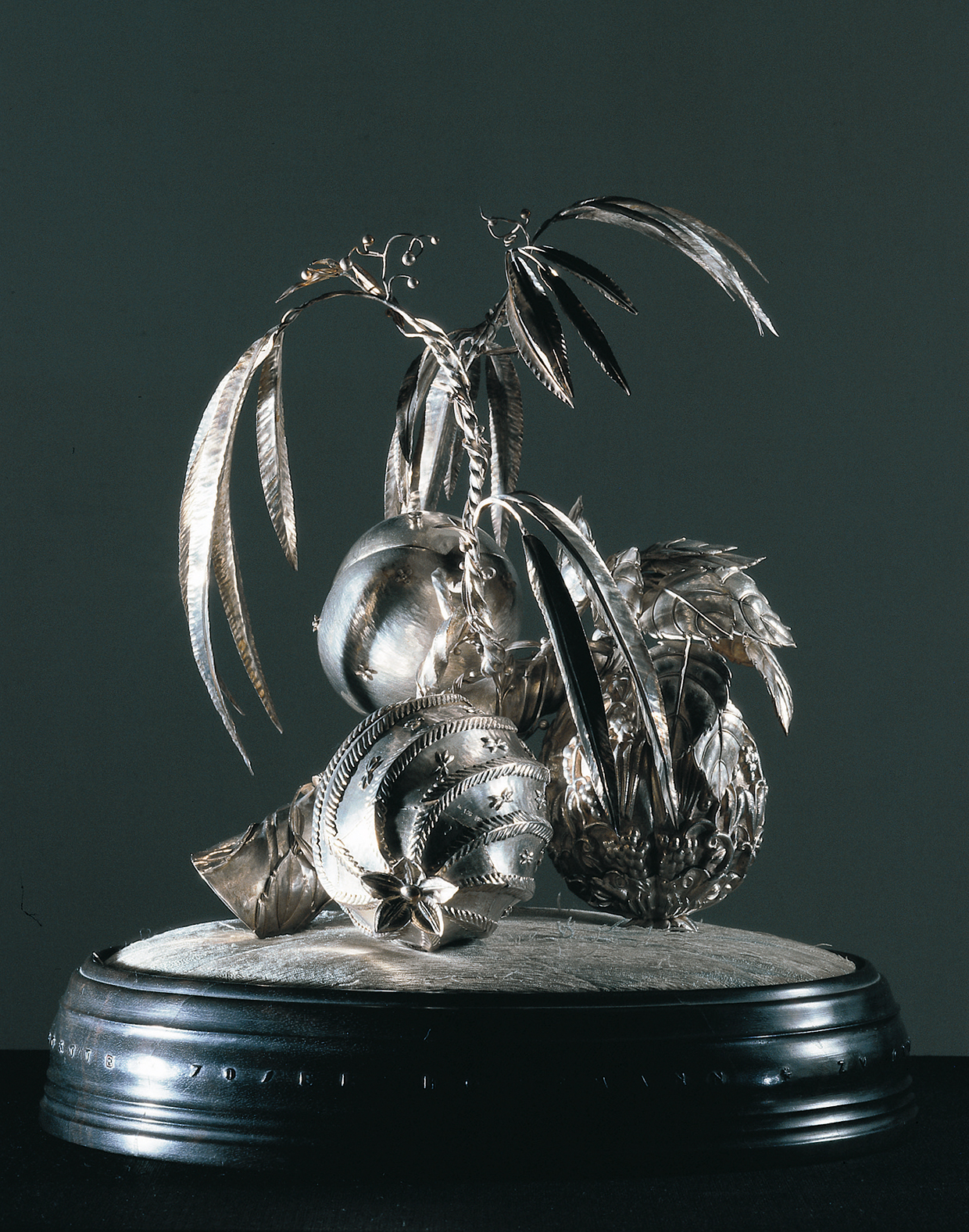
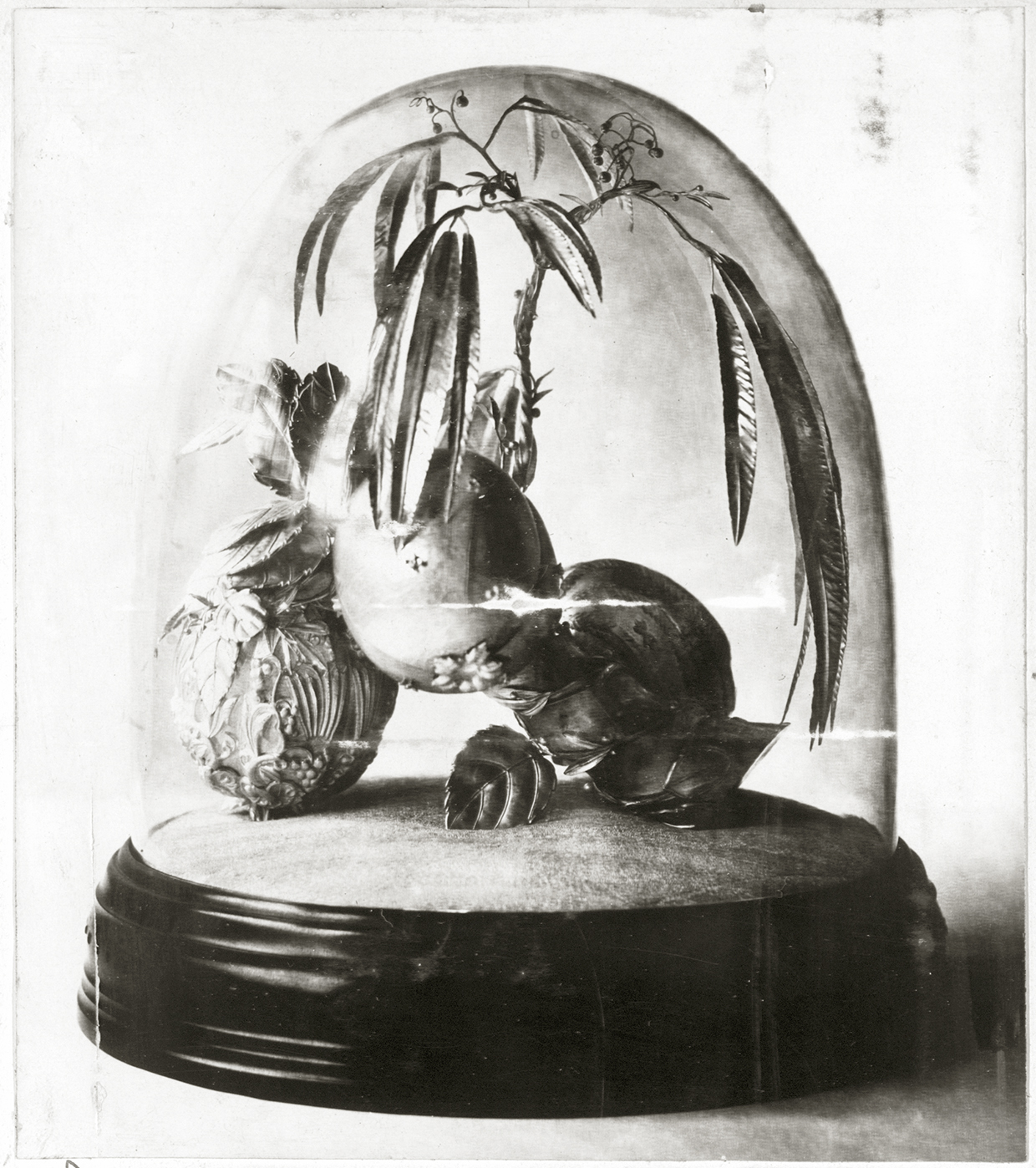
Dagobert Peche, Tribute of the Wiener Werkstätte on the occasion of Josef Hoffmann’s 50th birthday, 1920 © MAK
ART NOUVEAU OBJECT IN CROATIA:
Robert Frangeš Mihanović is one of the most important representatives of the Art Nouveau movement in Croatian sculpture.
At the 1st Yugoslav Exhibition in Belgrade in 1904, some of his works were exhibited and sold, among them the Four Seasons plaques. Each of the plaques is made with the motif of an Art Nouveau girl's head, symbolically depicting the seasons. Spring, Summer and Autumn are composed in such a way that each head is crowned with characteristic plant elements - lush leaves, roses and autumn fruits, and Winter is illustrated with a girl's head with disheveled hair worn by a strong wind.
(The composition of four plaques was executed in 1903 in three dimensions in bronze, and it is also known that they were also cast in ceramics.)
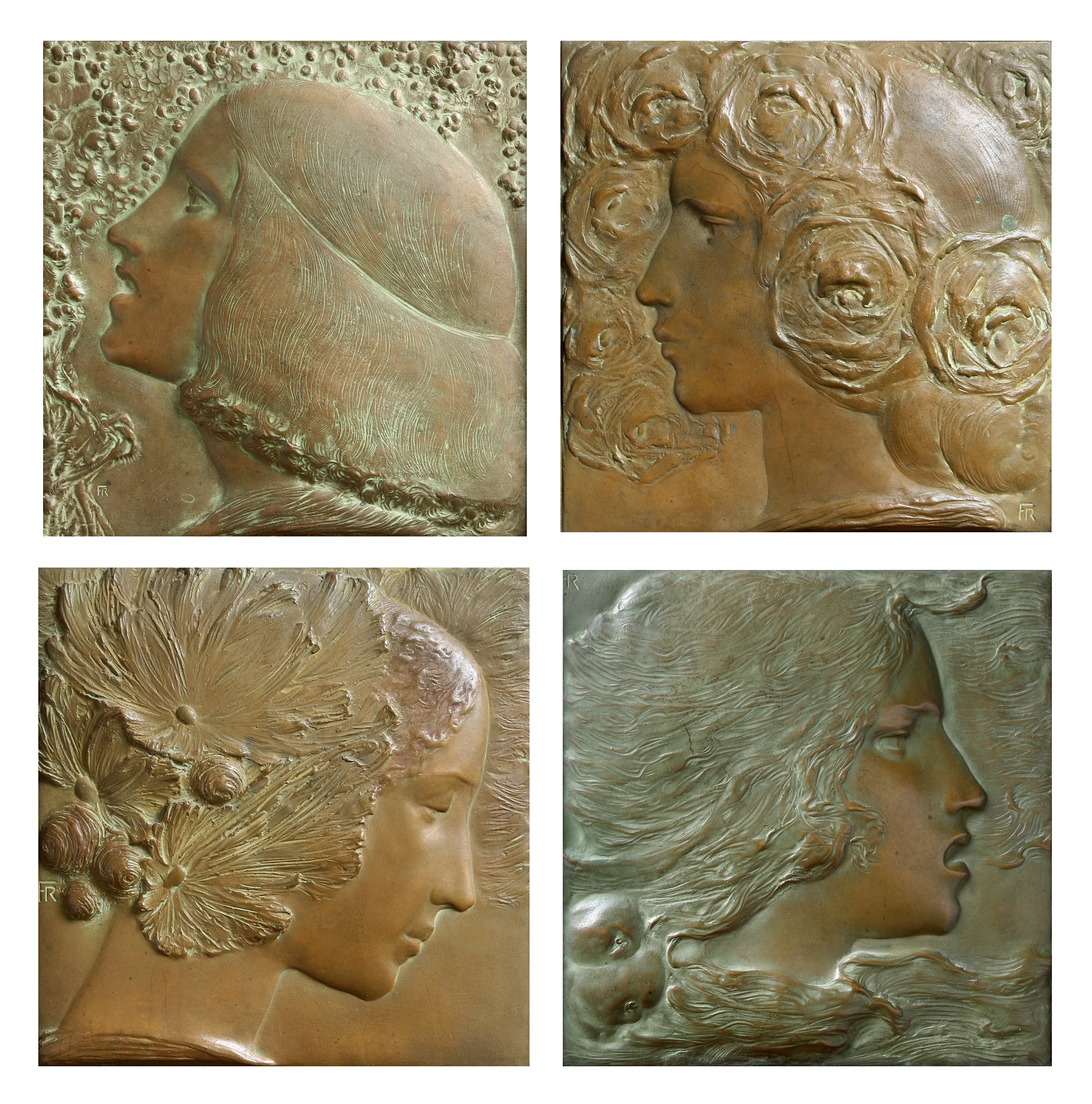
Photo credit: Robert Frangeš Mihanović, Four Seasons plaques, relief, 1903 © MUO Zagreb
Lead partner: City of Oradea (Oradea Municipality)
Other partners: Oradea Heritage and Foundation for Protection of Historical Monuments from Bihor County; National Institute of Heritage, Bucharest; Iparművészeti Múzeum, Budapest; Museum of Arts and Crafts, Zagreb; Museum of Applied Arts, Vienna; Slovak University of Technology, Bratislava; Republic Institute for Protection of Cultural Monuments, Belgrade; Kodolányi János University, Budapest.
Project co-funded by European Union funds (ERDF, IPA II).
